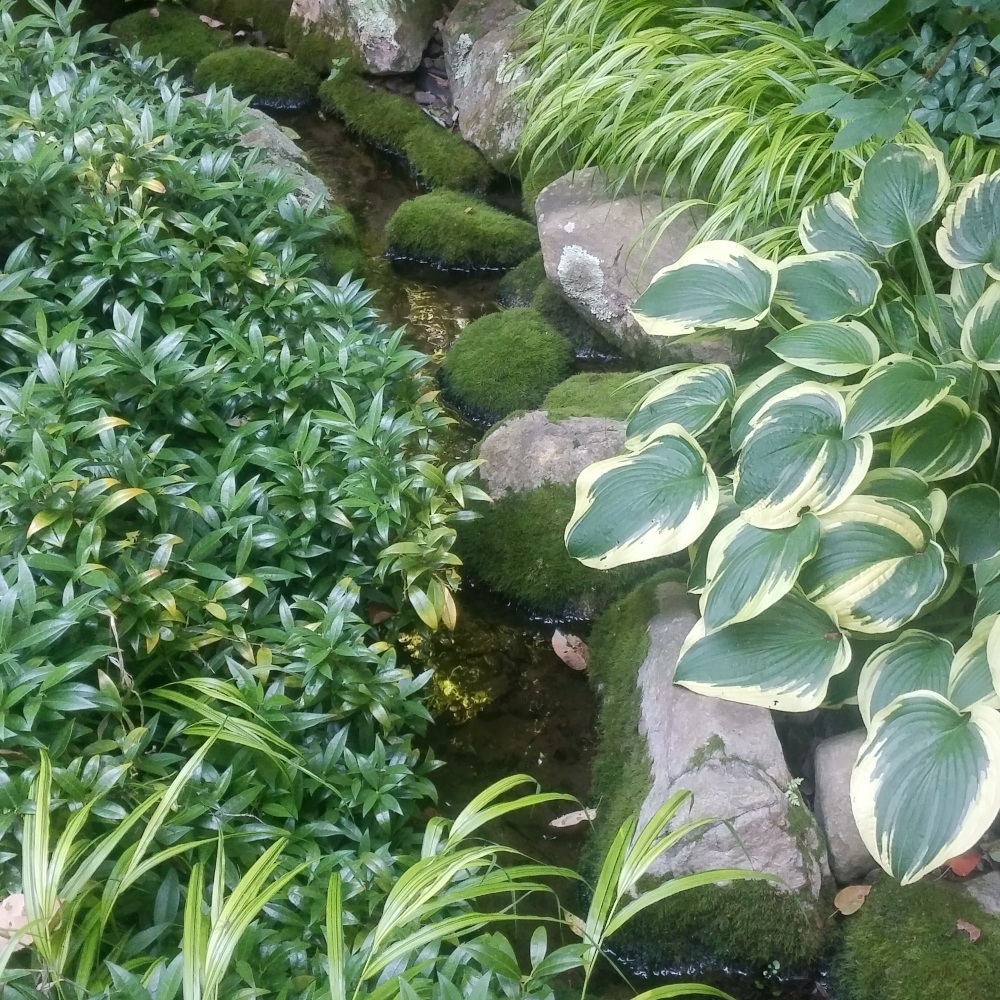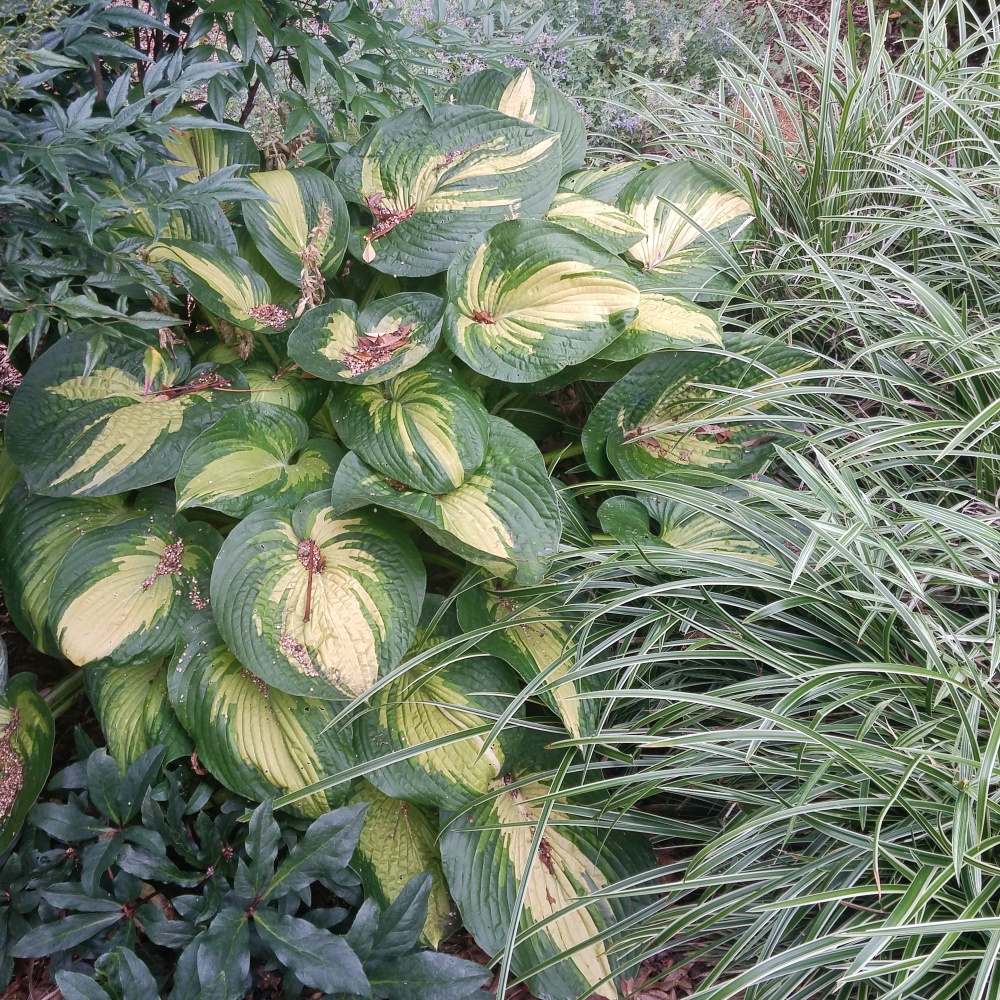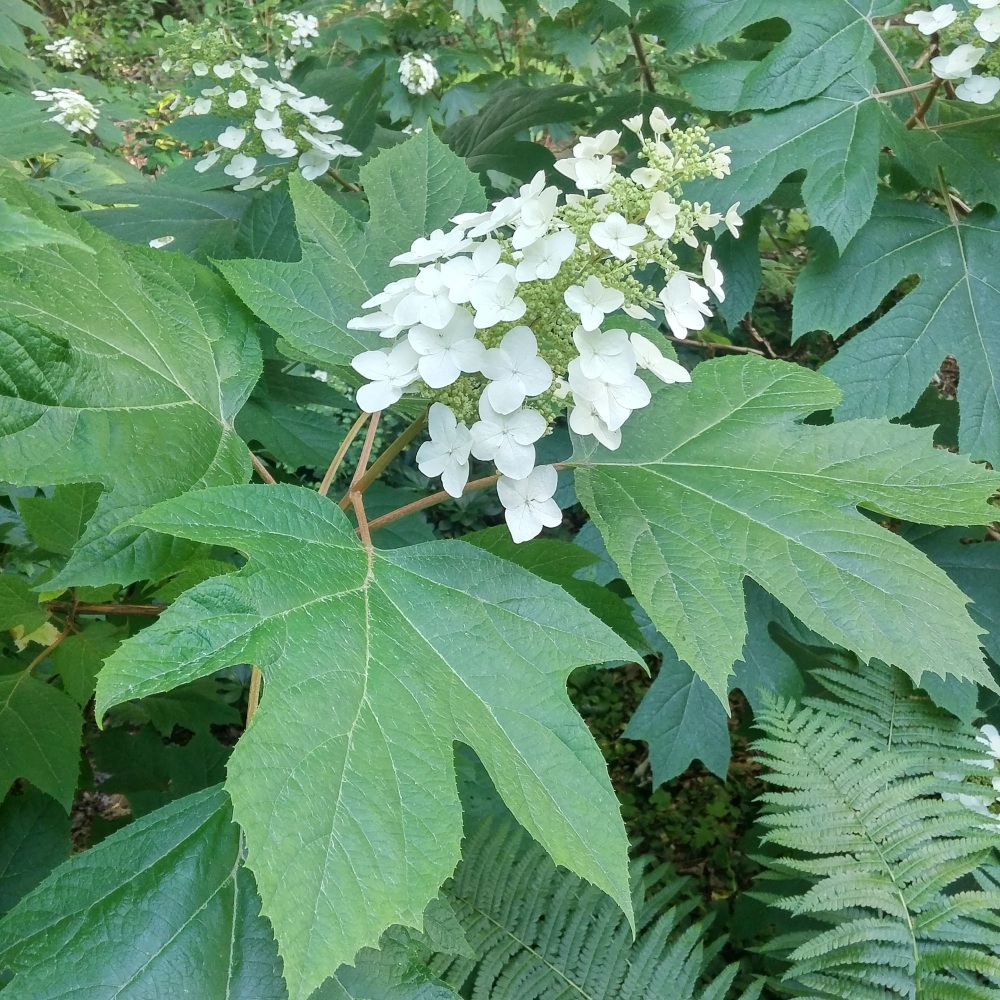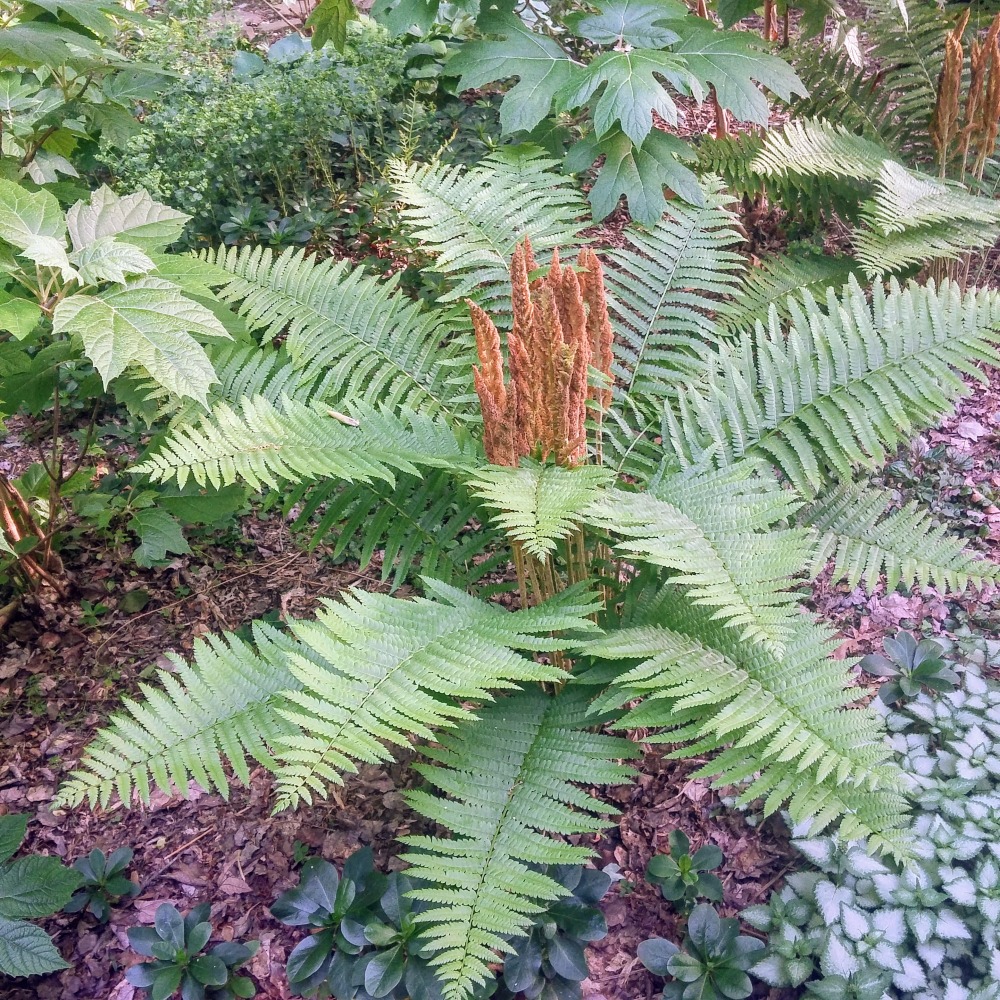A frequent complaint of gardeners (among a multitude of others) is that shade prohibits growing one thing or another that would prefer more sun. Certainly, I would be happy to tack on another half acre of open and sunnier space, and while I have more than my share of issues to whine about, rarely will I complain about too much shade. No, I cannot grow tomatoes, which I did twenty some years ago until Japanese maples, dogwoods, and redbuds (and others) I planted took hold. There are times I regret not being about to walk out back to pluck a warm tomato, and blueberries are spotty, but mostly I’m delighted that much of the garden is shady, particularly as we head into the summer months and seemingly endless days of high humidity and ninety five degrees.

The few sunny spots in the garden shows some signs of stress after only a few weeks of warm temperatures, but shaded areas appear much the same as a month ago when temperatures were cooler and rainfall plentiful. Mosses along the shaded stream just behind the house remain green through the heat, while mosses covering boulders surrounding the sun drenched koi pond fade quickly between periods of rain. While most hostas in the garden are located in shade or part shade, the few in more sun show their displeasure in July and August, and this is reason enough to be happy for the shade, even if a few flowers must be done without.




Really, it’s a question: are the streams on your property largely natural, or entirely of your creation. They a remarkably natural and appealing to me for that reason.
There is a natural creek beside the garden, just outside the property line. As I run out of space I’m moving in that direction, but the photo is a creek that I’ve constructed along with five ponds of various sizes.
That cinnamon fern is awesome!
Love the water feature! I have to got to add one but no idea where to start. Any suggestions? Also, I am working with a shade garden which is coming along except for a major problem that you seem lucky enough to avoid or haven’t mentioned. I am being over run with chipmunks who are digging big holes underneath my plants. The plants are not doing well now plus I’m sure the voles are going to be back with all of these tunnels. How can I get rid of these miserable chewing critters?
After extensive research, my first pond required extensive labor to maintain. The original pond was revised twice as components were introduced that cut maintenance. It is possible to construct a pond or stream without professional guidance, but a designer can be helpful in siting a pond and in specifying components.
I’ve seen chipmunks around the garden in the past, but either they’re very shy or our ever present hawks have gotten them. There’s always something digging or nibbling in this garden. I’ve found that a repellent for deer works dependably, and there are similar repellents for rabbits, and chipmunks I presume.
Thank you! I had a feeling that a “little stream and glorified puddle” was going to be more difficult to do properly than I was thinking. It’s such a small project I’m not sure anyone would want to deal with it but hey, I can always look aound!